| What kind of data can an employee or a pressure group activist working in the field of MANUFACTURE OF FOOD PRODUCTS, BEVERAGES AND TOBACCO obtain that can be used during the wage bargaining process?
Let's find the chapter about this industry on page 295 in the publication of "Working conditions of men and women. Counties and industries. The BérBarométer database on closer inspection".
We can use the following information during the wage bargain:
According to the database in county breakdown the gross wage of men is 13.6% more and the net wage of men is 14.6% more than the gross and net wages of women.
7% of women and 10% of men are employed on minimum wages.
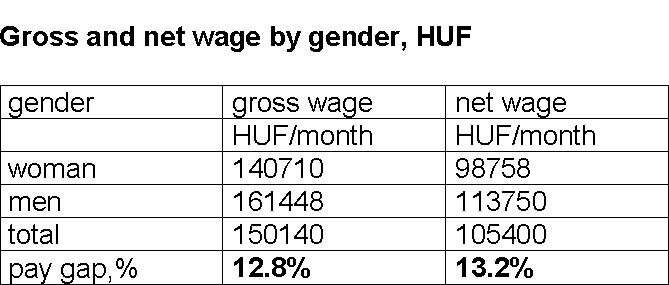 The pay gap is 15% in case of occupations requiring other tertiary or secondary qualification, and 10.6% in case of industrial occupations. 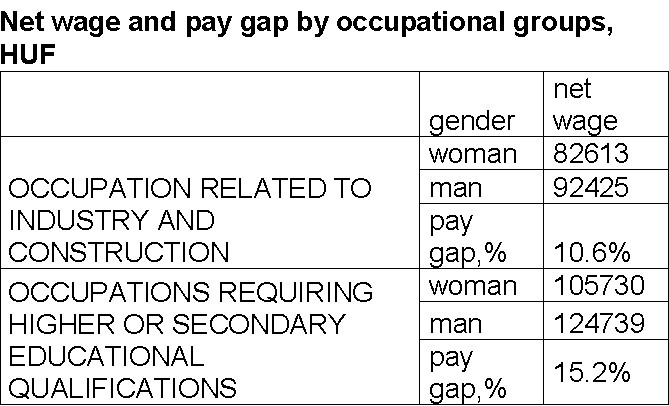 The pay gap is almost the same, 9.5% in case of men and women having high school degrees and men and women having trade school qualifications (skilled workers). 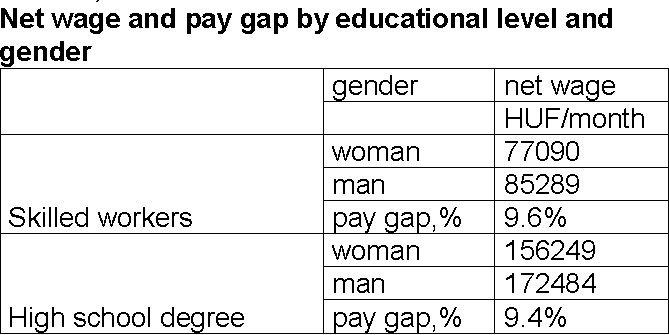 Sectoral characteristics of fringe benefits, reimbursement of expenses. The most common form of reimbursement is overtime bonus in case of women (39%) and shift allowance in case of men (53%). 35% of women and 30% of men get bonuses. One third of women receive wage for the 13th month, while only 26% of men get the same wage.
  The most common form of fringe benefits is undoubtedly meal contribution (92% of women and 90% of men get this), this is followed by the contribution to private pension scheme in case of both genders (57% of women and 47% of men).
In case of women the third most common form of fringe benefits is the public transport pass (35%), while in case of men t is the contribution to private health insurance (28%). Company cars and contribution to petrol costs are four times as common in case of men as in case of women (20% and 5%, respectively). However, nearly twice as many women get mobile phones as men (13% and 7%, respectively).
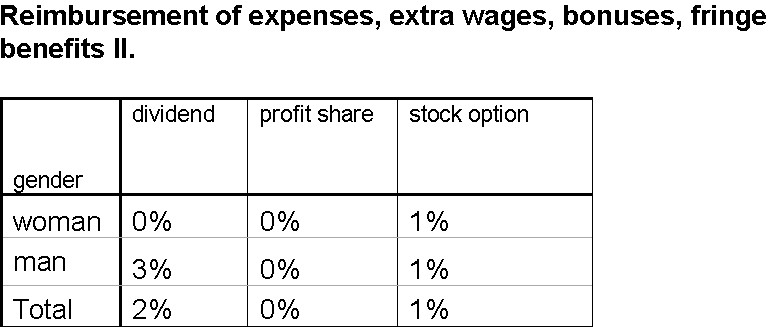   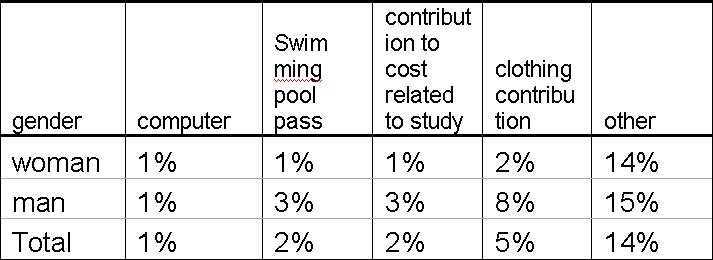 Wage security
Almost 8% of men did not get the wage on time, while only 1% of women reported the same.
|